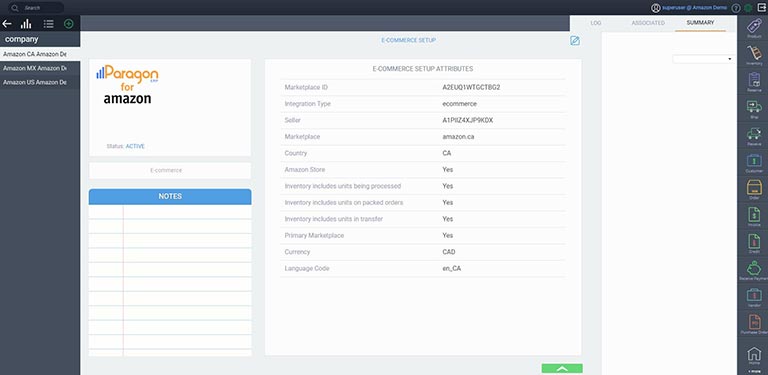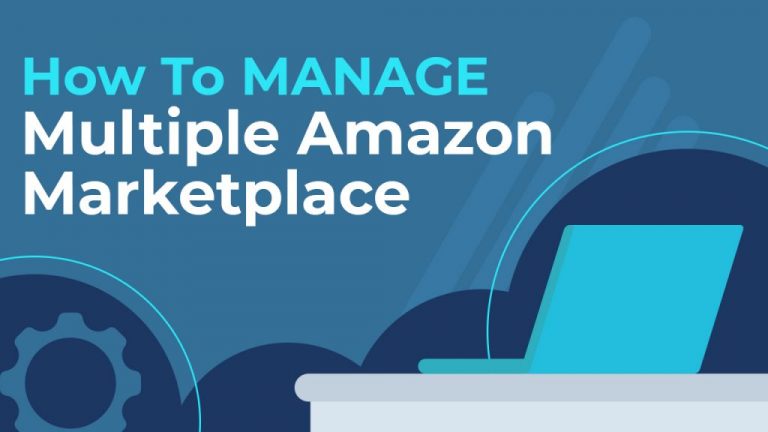Last updated on April 5th, 2021 at 11:02 am
It all starts off with setting up a product in the Amazon Seller Central. First, you have to go through a bunch of steps to find the right category, subcategory, sub-sub category, etc. After that you need to fill in vital info, variations, offer information, compliance, images, description, keywords, and more. It’s a fair bit of information, but worth it because you can now sell your products anywhere Amazon has a marketplace. Sort of…
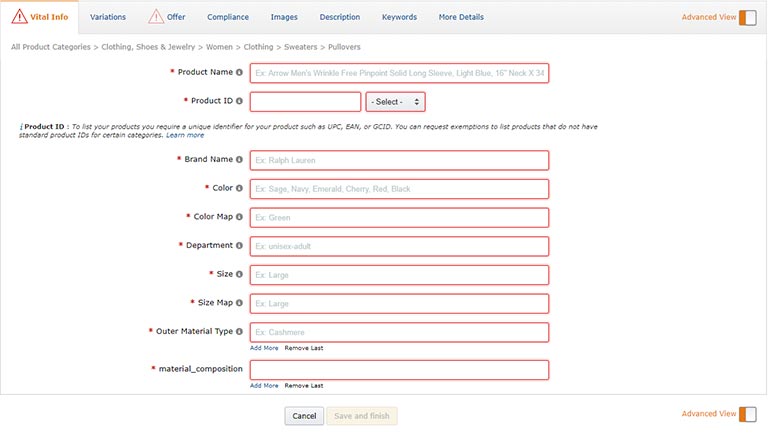
How to Add Additional Amazon Accounts and Countries
As many of you know, Amazon keeps a fairly segregated management system in Seller Central for each country-based marketplace. In other words, all the information you just entered for your product, let’s say a women’s sweater, needs to be completely re-entered per marketplace. The product identity on Amazon.com is completely different on Amazon.co.uk and is different again on Amazon.ca or Amazon.com.mx.
What does it matter? Well, this is where the madness part comes in. If you have one product to sell in five or six marketplaces, the burden is pretty low. But what if you have many products, with a new product picture, a new pricing model, or a new compliance detail? You have to copy and paste over and over again into each relevant product, making sure there is no human error. Even if you are using a spreadsheet to manage this, making a mistake is not only possible – it is probable.
Avoid De-Listings When Selling in Multiple Amazon Marketplaces
How big of a problem is this? Well, this is where you run headfirst into the Amazon de-listing policy and even worse, the de-listing automation. One of the many reasons Amazon can (and does) automatically de-list products from their site is if the information for a product does not comply exactly with their data rules in each marketplace.
Using a spreadsheet does not have built-in validation to make sure that whatever changes you make will comply with Amazon’s varied per marketplace rules. So product catalog management is pretty challenging to handle across multiple marketplaces for sales purposes on Amazon. It gets even worse on the purchasing and inventory side.
If every product has a completely different identity for each marketplace you sell in, but in reality is actually the same thing, then how do you keep track of how many you need to buy? How do you know how many you have and where they have to be shipped? The cross-referencing is complicated and very easy to get wrong.
Does this mean that you should just give up now? No, but it does mean that as you grow beyond a single product in a single marketplace, the level of complexity can quickly overwhelm you.
Using Amazon Seller Software to Manage Multiple Marketplaces
As with many challenges in business or elsewhere, when complexity is overwhelming, the recommendation is to find a software system to help. As an Amazon integrated software back-end to manage your product catalog across multiple marketplaces, your options are very limited.
Add in managing your procurement or manufacturing process, handling your shipping to Amazon FBA, and even reconciling the orders shipped through FBA with your monthly settlements… your choices drop to zero. Until now.
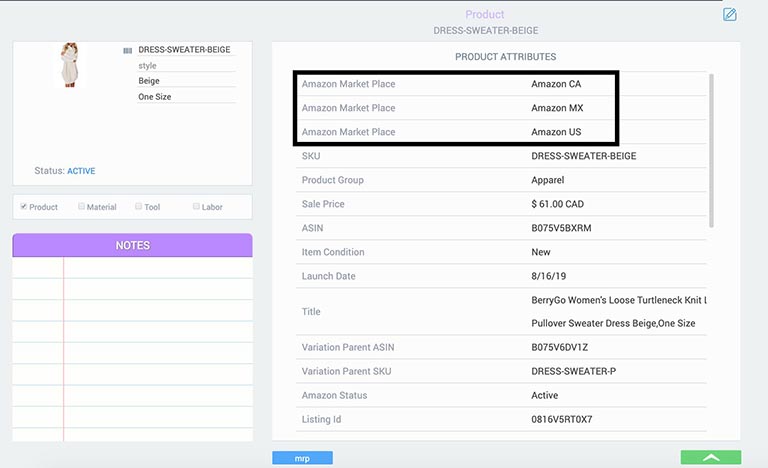
ParagonERP is the first and, so far, only fully Amazon integrated and full-featured system that manages your entire workflow. It is a fully cloud-based system that you subscribe to online. After authorizing the connection to your Seller Central account, ParagonERP will synchronize with your Amazon product catalog, meaning you are ready to start selling in next to no time.
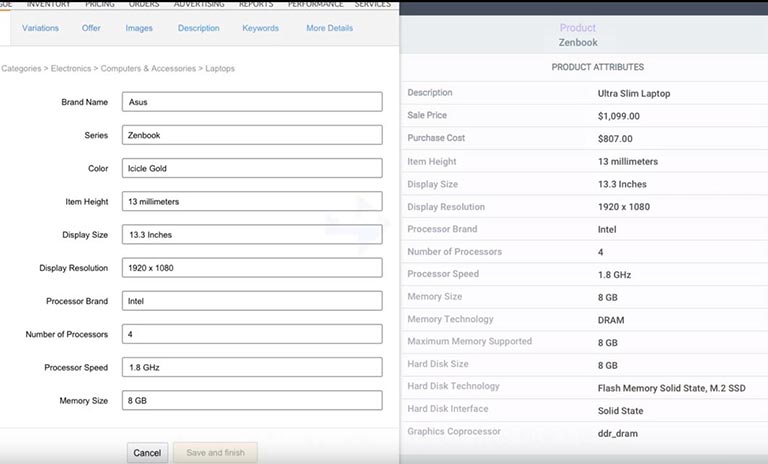
How Does Paragon ERP Help with Selling on Amazon Various Amazon Countries?
It synchronizes and cross-references a single product to all of the various marketplaces in Amazon FBA. It coordinates shipping plans and shipments themselves to FBA warehouses. It synchronizes inventory numbers. It manages all that and also lets you use the same flexibility to connect to other channels like your Shopify site or other B2B customers.
Regardless of what choice you make about systems, the madness is manageable, as long as you identify it and plan for it. Do not underestimate the danger of the multiple marketplace chaos.
